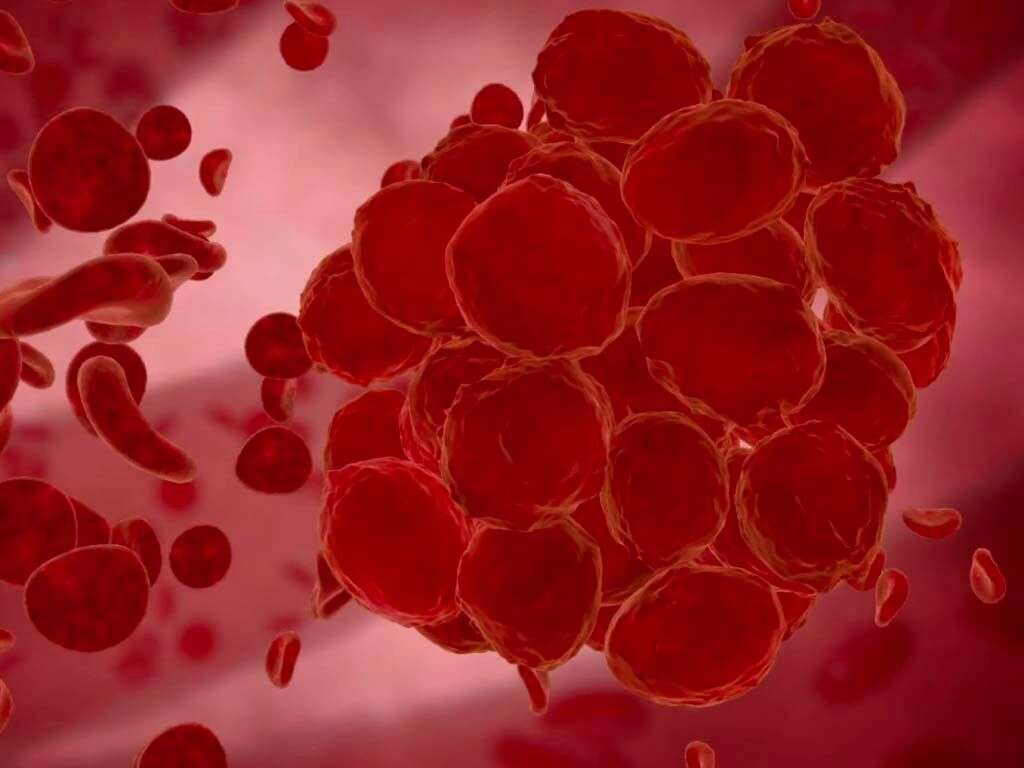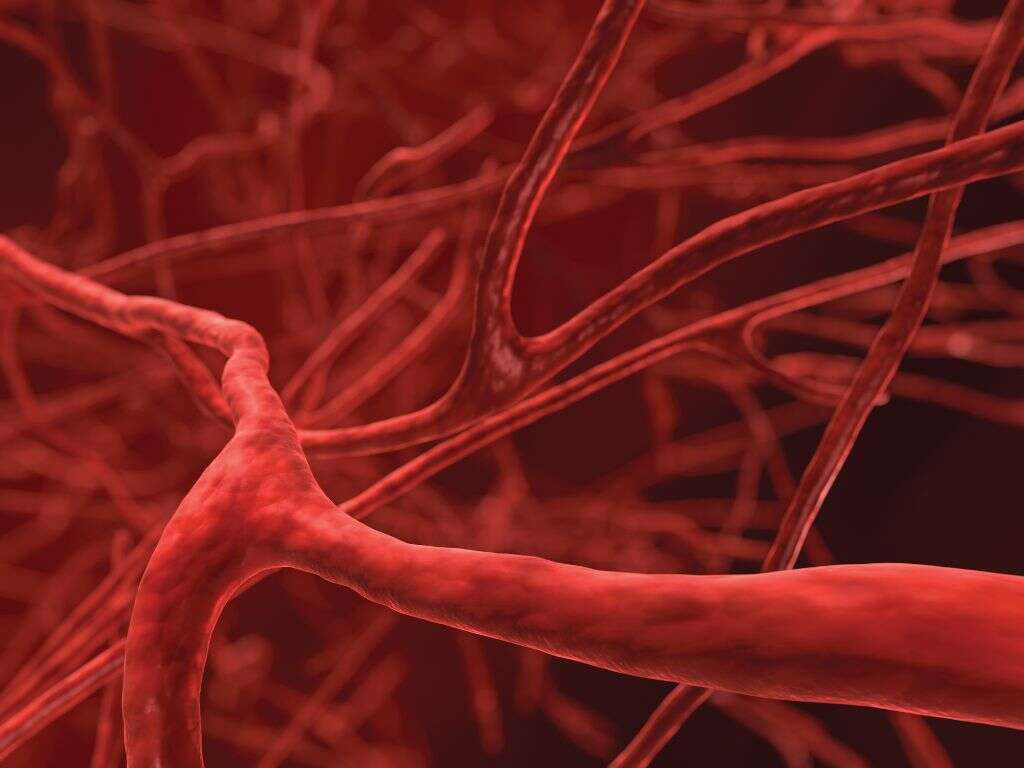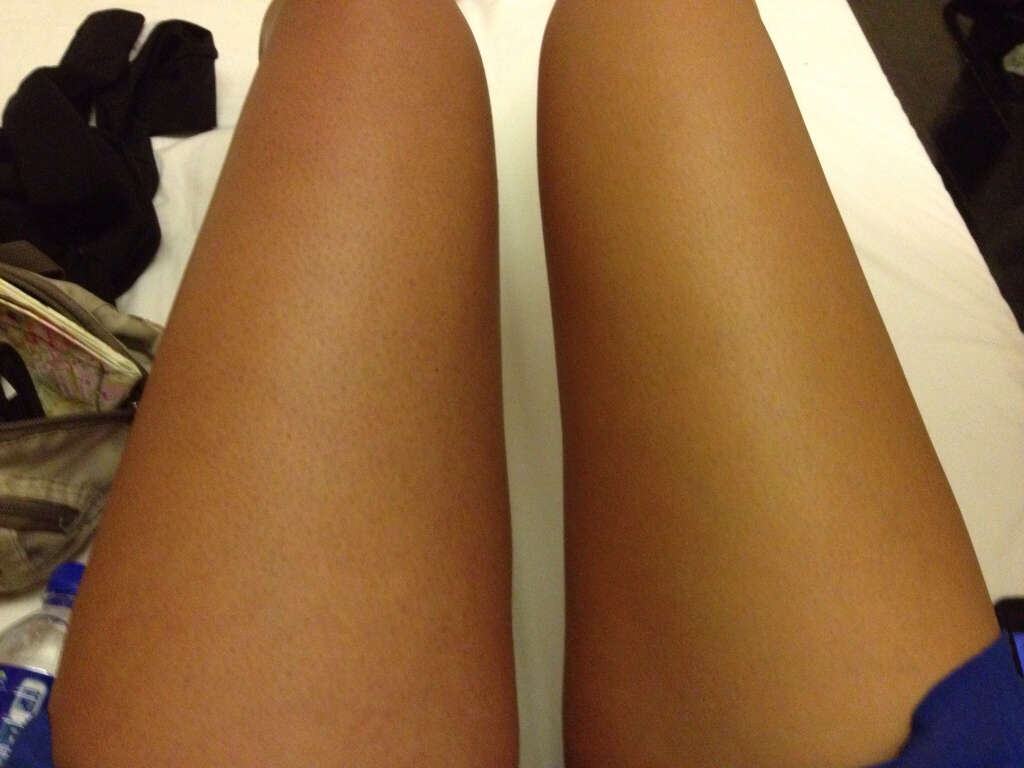Signs of DVT
7. Skin Discoloration
While the area can become red in color, the patient can also find that the skin in the affected area takes on a white/bluish hue. This happens when red blood cells are broken down in the region under the high pressures involved. Blood vessels can also become damaged under the pressure, meaning that some areas of skin will not be fed directly with blood.
In some instances, this can cause the skin to become flaky and dry. The inflammation of the skin can also lead to other skin conditions like eczema. In more severe cases, skin ulcers might develop and these can also result in infections.
Advertisement









